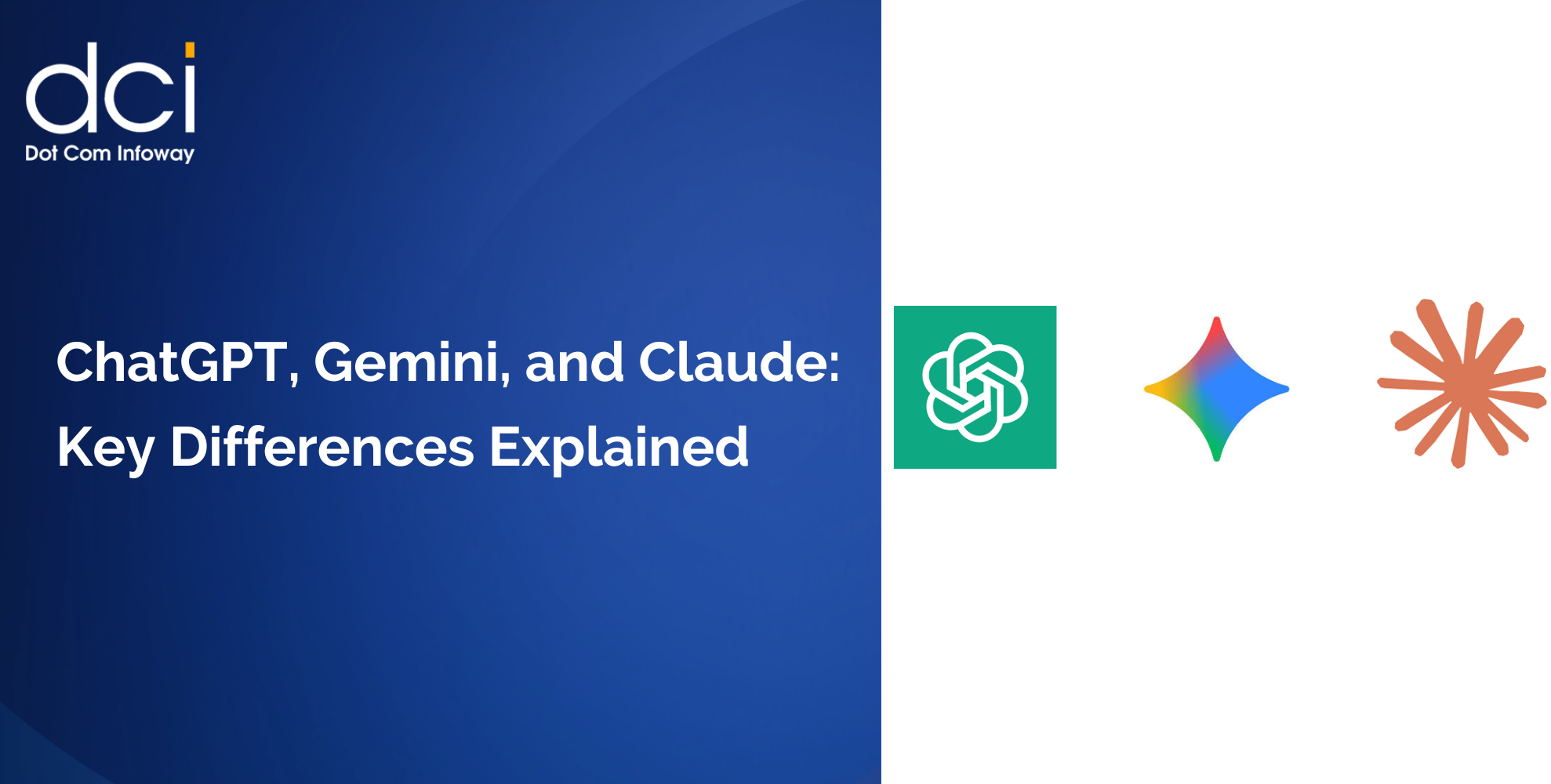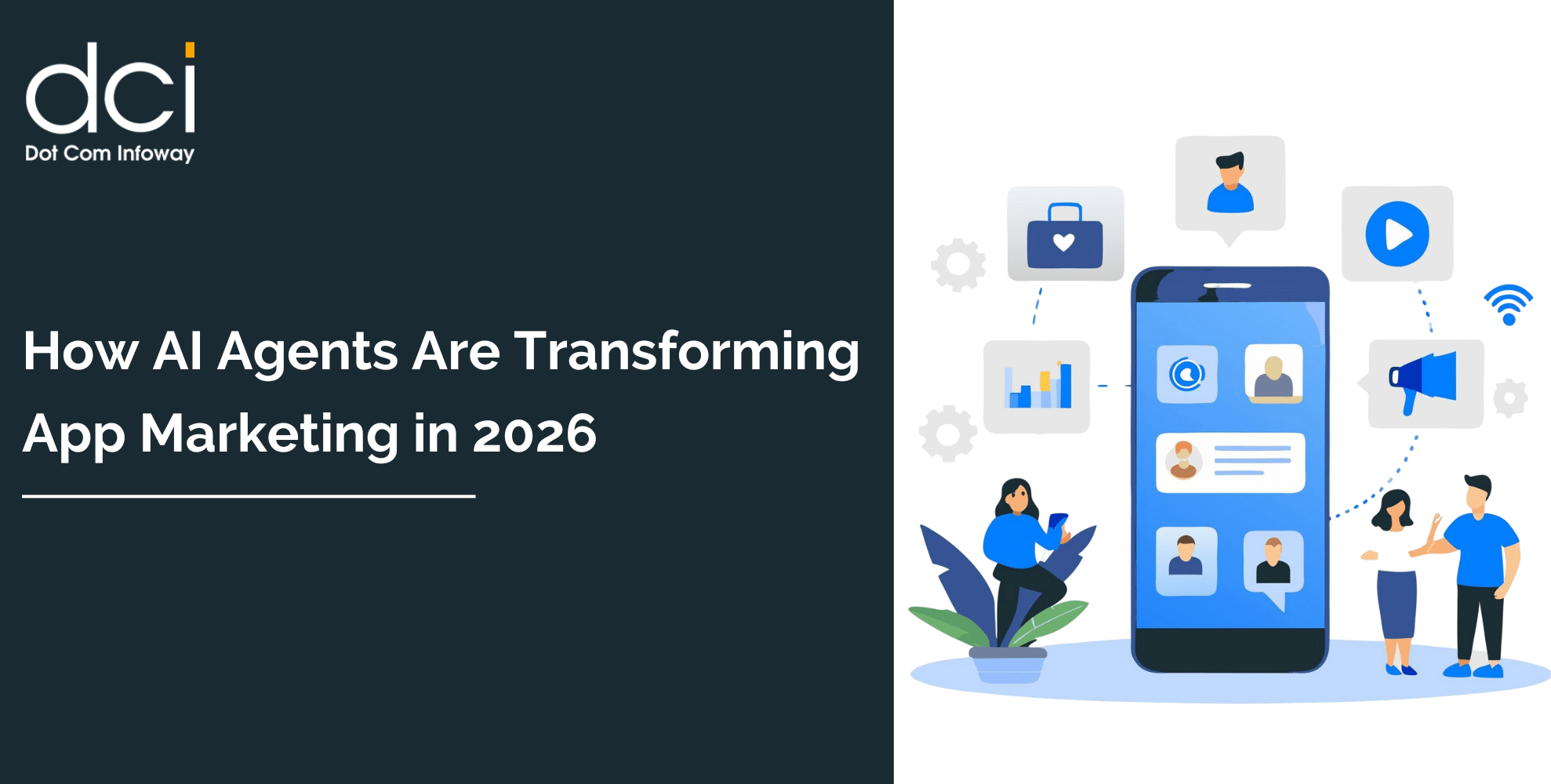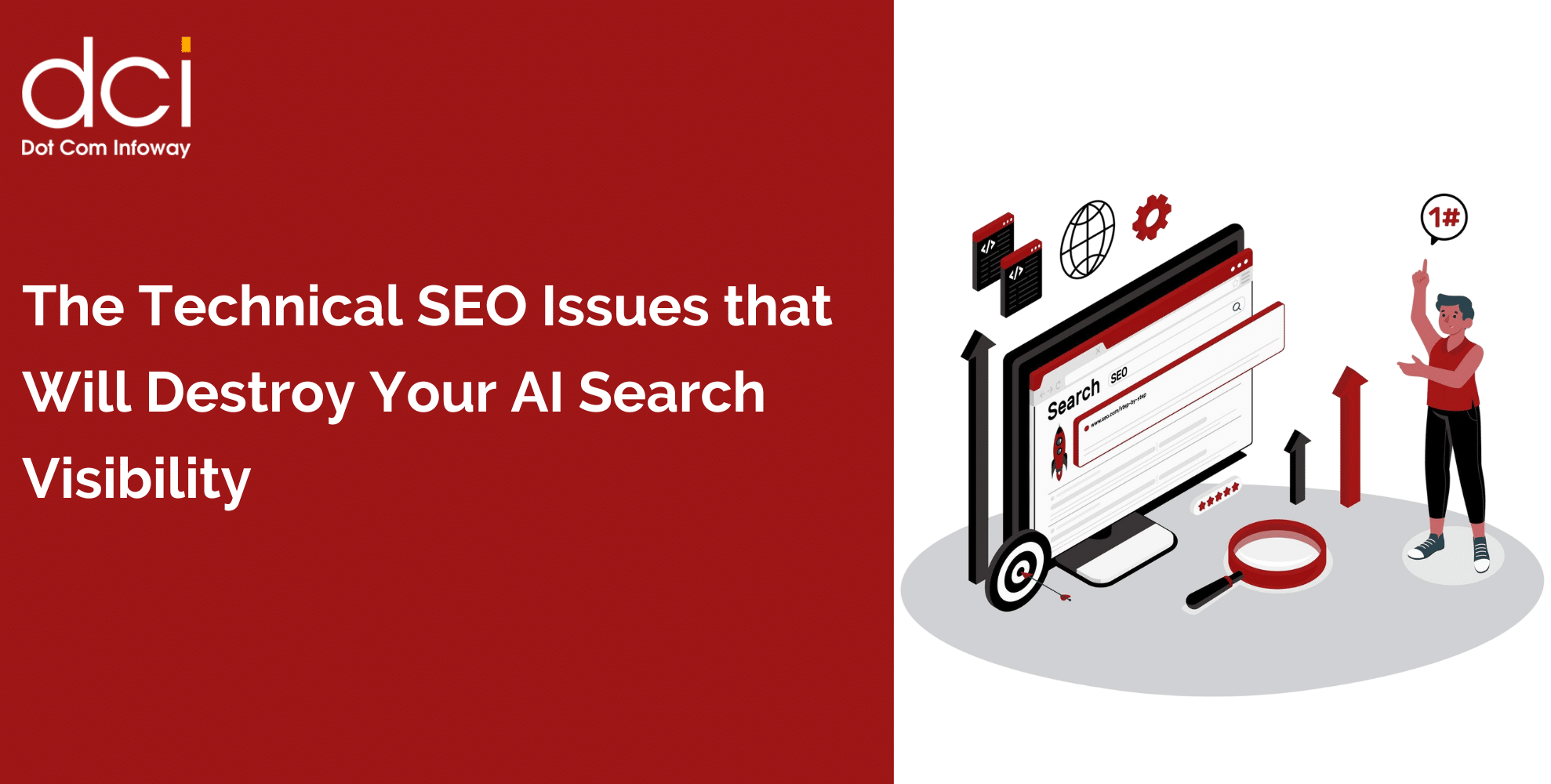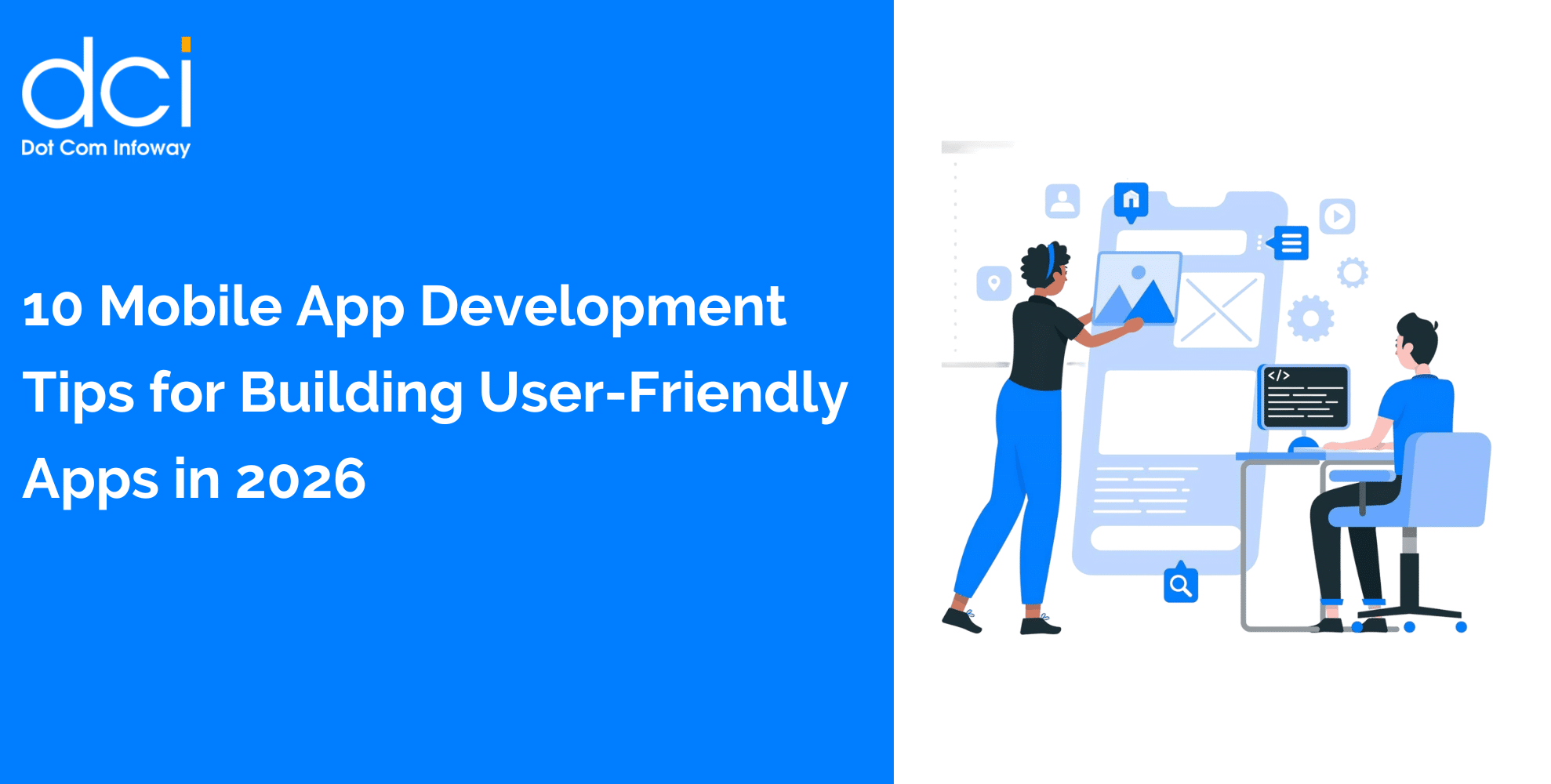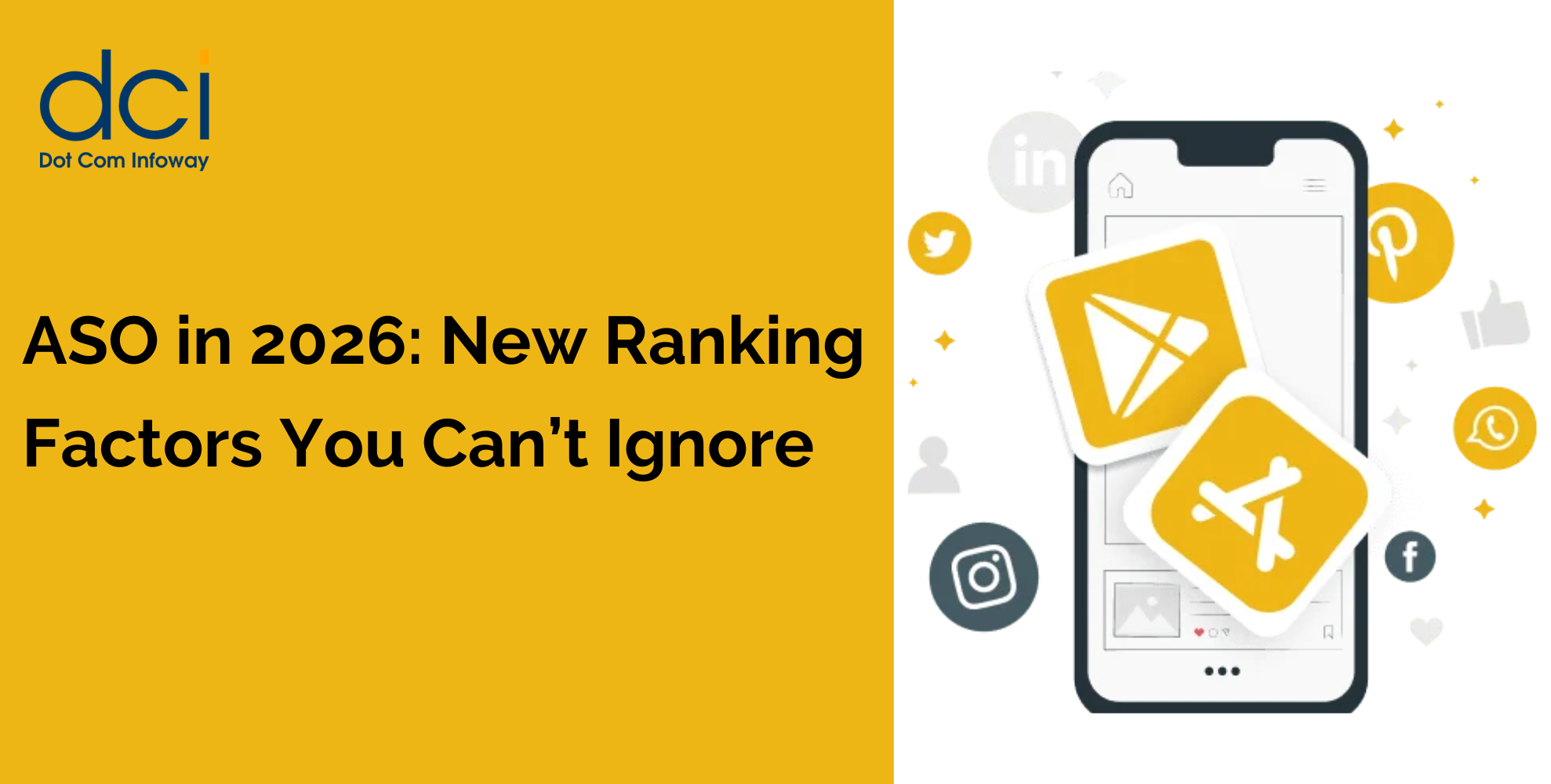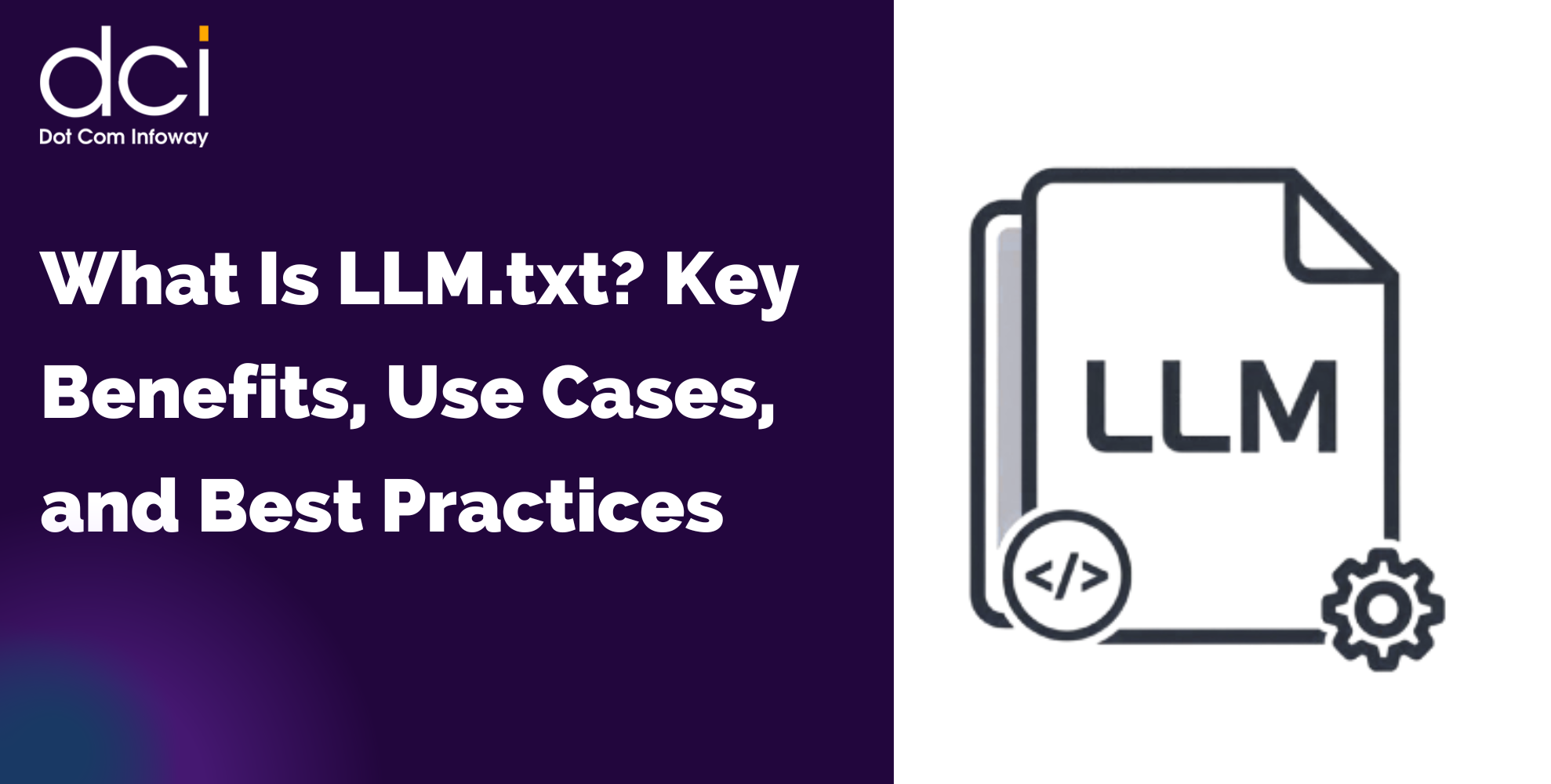What is User Intent in SEO?
Before we get into the nitty-gritty of optimizing for user intent, let’s define what it actually means. User intent refers to the reason behind a person’s search query. When someone types a query into a search engine, they have a specific goal in mind whether it’s to find information, make a purchase, or navigate to a specific website.
Search engines like Google use complex algorithms to interpret these search queries and deliver the most relevant results. If your content aligns with the intent behind the query, search engines will likely rank it higher, leading to increased traffic and visibility.
There are several types of user intent, and understanding these is crucial to optimizing your SEO strategy.
The Role of User Intent in SEO
Understanding user intent is central to SEO for several reasons. Here’s why:
- Relevance: When your content matches the user’s intent, it signals to search engines that your page is relevant, improving your chances of ranking higher.
- Enhanced User Experience: Tailoring content to match user intent means you’re providing what the user is actually looking for, leading to a better experience and higher engagement.
- Improved Conversion Rates: When your content resonates with the user’s needs, they’re more likely to take action—whether that’s making a purchase, signing up for a newsletter, or clicking through to other pages on your site.
Search engines, especially Google, have become incredibly sophisticated at interpreting user intent. Google’s RankBrain, for example, helps the algorithm understand the meaning behind complex queries, ensuring that users get the best possible results based on their intent.
Types of User Intent and Their Impact on SEO
There are three primary types of user intent: informational, navigational, and transactional. Let’s break each of them down and discuss how to optimize for them.
Informational Intent: Targeting Searchers for Knowledge
People with informational intent are looking for answers to specific questions or general knowledge about a topic. For instance, a user may type “how to bake a cake” or “SEO tips for beginners.” These users aren’t necessarily looking to make a purchase—they just want to learn something.
SEO Strategy: To target informational intent, focus on creating high-quality, informative content. Blog posts, guides, and how-to articles are perfect for addressing this type of intent.
- Use long-tail keywords like “how to” and “guide to.”
- Optimize for featured snippets by providing concise, structured answers to common questions.
Navigational Intent: Meeting Users Where They Search
Navigational intent refers to users who are looking for a specific website or page. For example, someone might search for “Facebook login” or “Amazon Prime subscription.” These users already know what they want they just need a direct path to it.
SEO Strategy: For navigational intent, your SEO focus should be on brand optimization and ensuring that your website is easy to find for users searching for your brand name or products.
- Use branded keywords to optimize your homepage and key landing pages.
- Make sure your site is properly indexed and easy to navigate.
Transactional Intent: Converting Searches into Sales
Transactional intent refers to users who are ready to make a purchase or engage in some sort of transaction. For example, someone searching for “buy iPhone 13” or “best price for Nike shoes” is likely at the end of the buying funnel and is ready to convert.
SEO Strategy: For transactional queries, focus on optimizing product pages, ensuring that they are detailed, compelling, and persuasive. Ensure your pages have clear calls to action and are optimized for speed, as users in transactional mode tend to abandon slow-loading pages.
- Use high-converting keywords like “buy,” “discount,” “deal,” and “shop.”
- Optimize your landing pages to reflect the user’s intent to purchase or engage.
How Search Engines Interpret User Intent
Google and other search engines use complex algorithms to determine the intent behind a search query. These algorithms consider many factors, including:
- Query context: The words in the query and how they relate to each other. For example, “best hiking boots for women” is a transactional query, while “how to choose hiking boots” is informational.
- User location: If the search includes location-specific terms, like “best pizza in New York,” the search engine will understand that the user is likely looking for nearby businesses.
- Search history and behavior: If a user has frequently searched for a particular type of product or service, Google might anticipate that their intent is similar in future queries.

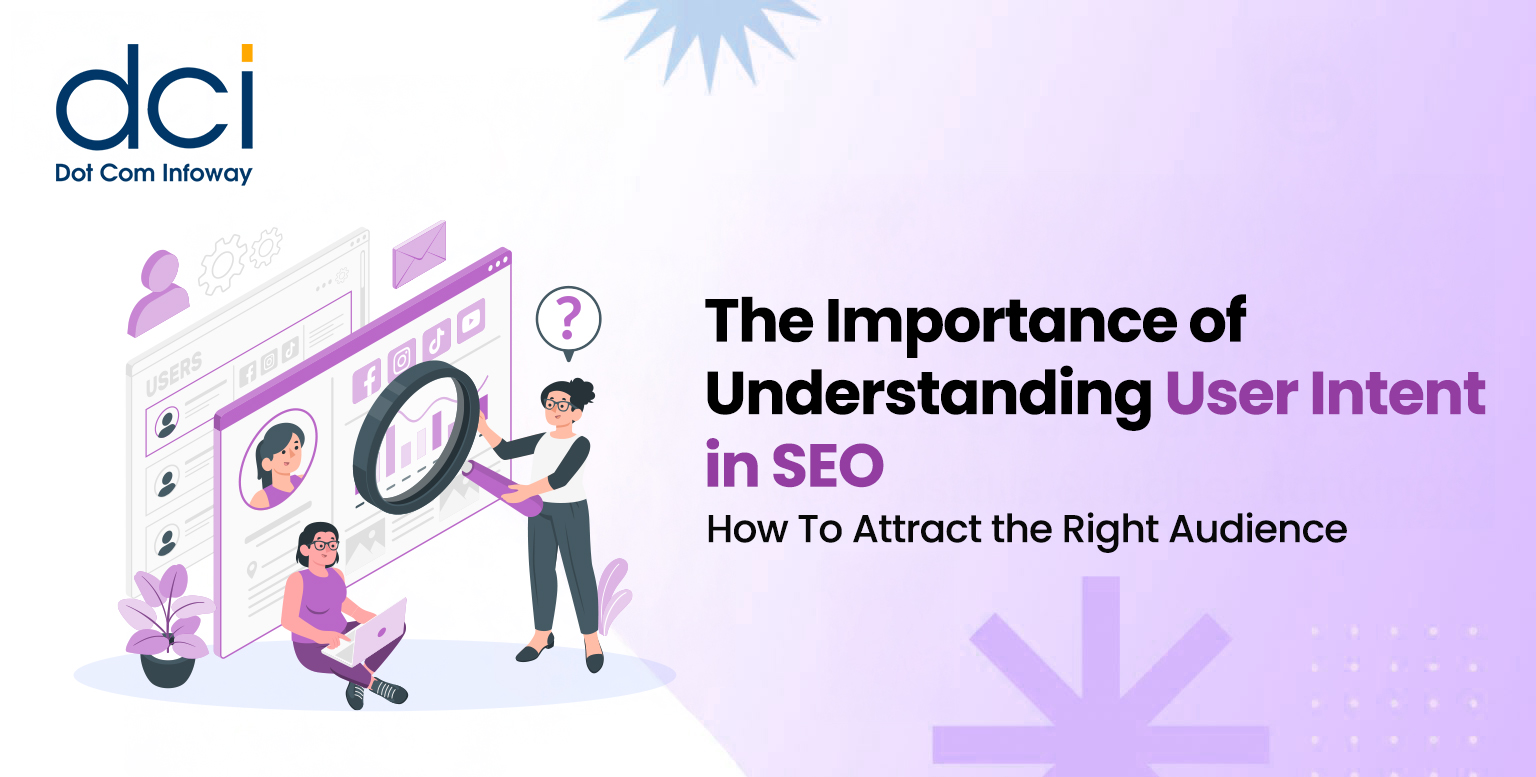





![The Game Marketing Guide: Pre and Post-Launch Strategies [Infographic]](https://www.dotcominfoway.com/wp-content/uploads/2023/09/DCI-Game-Marketing-blog-1.jpg)

